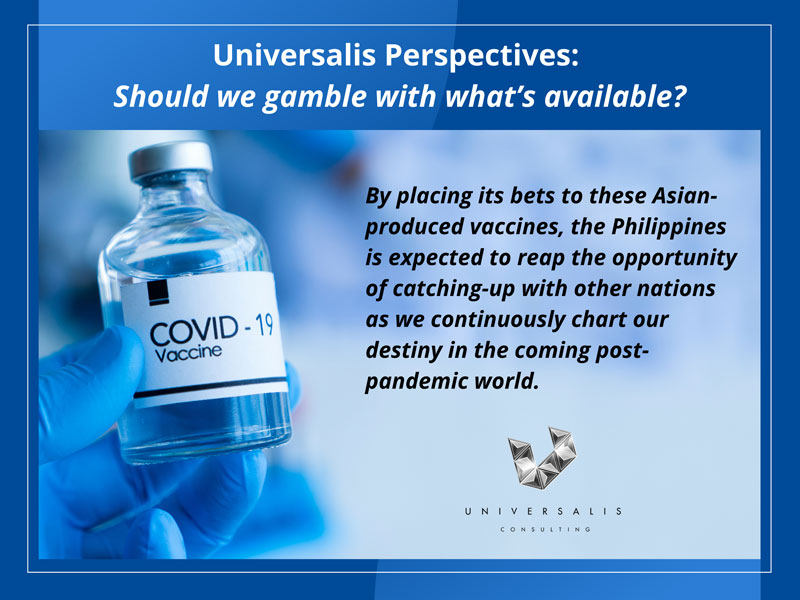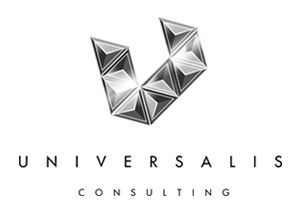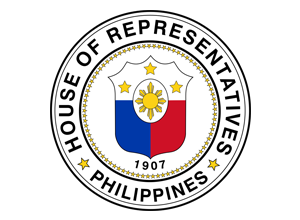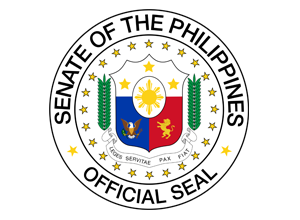Universalis Perspectives: Should we gamble with what’s available?

During the start of the pandemic in the first quarter of 2020, experts and policymakers clamored on how to deal with the health crisis which impacted the global economy. Should we just wait until a vaccine is ready for roll-out? How about devising new ways on how to live with the virus? Or shall we just wait for the virus to burnout?
That period was a time of uncertainty and confusion for the future of humanity because is the first time a pandemic emerged after the global outbreak of the Spanish influenza virus before World War I. COVID-19 did not only disturb healthcare systems of both developed and developing nations but also instantly casted the global economy into recession. No one knew when a safe and effective vaccine will be available. No one knew what kind of lifestyle changes is needed as mixture of lockdowns, opening-up of economies, and observance of minimum health protocols proved futile because of re-emergence of infection cases still occurred. And, obviously, no one can ever predict when the virus will weaken down.
However, present situation is already different as a number of vaccine candidates are already in their Phase III trials or already authorized for emergency deployment. Among these are the vaccines produced by AstraZeneca, Pfizer/BioNTech, Moderna, Sinovac and Sinopharm. However, referred as vaccine nationalism, vaccine companies from the US, UK and Europe expectedly prioritized inoculations of their origin country’s citizens. This situation leaves the Philippines to approach other vaccine companies such as those produced by China- and India-based companies. At present, the FDA is already in communications with Sinopharm and Sinovac from China, and Novavax from India. While India’s Novavax has yet to release comprehensive data and information about the results of its initial trials, China’s Sinopharm and Sinovac have already received several controversies despite not being able to publish the results of its Phase III trials among selected countries.
In the midst of these political noises and controversies, what the country needs to consider as it prepares for its nationwide vaccination program are two important factors: pragmatism and science.
As repeatedly trumpeted in the media, the Philippines will encounter difficulty in the deployment and distribution of some leading vaccines produced in the West because of the temperature requirement to store the vaccine doses. With the exception of AstraZeneca (which only requires 2-8 °C for temperature storage requirement), the other vaccines from the US, UK and Europe require at least -20 degrees Celsius for storage (See table below).
| Vaccine | Temperature Requirement | Storage duration |
| Pfier/BioNTech | -70 °C | 6 months |
| Moderna | -20 °C | 6 months |
| Johnson & Johnson | -20 °C | 2 years |
Adopted from: Rappler’s TRACKER: Which COVID-19 vaccines are being eyed by the Philippines?
On the other hand, vaccine candidates produced from China (Sinopharm and Sinovac), India (Novavax)1 and Russia (Sputnik V) uniformly requires a standard of 2-8°C for the required storage temperature.
Based on the information provided above, the Philippines – being a country with a tropical climate – will, indeed, encounter logistical difficulties in the roll-out of vaccines if the country will only opt for the vaccines produced by the Pfizer/BioNtech, Moderna, and Johnson & Johnson. Also aggravating the problem is the country’s absence of any storage facility that can produce an artificial sub-arctic level of temperature needed for these three aforementioned vaccines. Per DOH advisory, the country has yet to establish its cold storage facility chain in collaboration with the private sector.
Second consideration that policymakers need to account as they chart the nationwide vaccination program is scientific dimension of vaccine reliability. While current political noise forwards the narrative about the lesser efficacy and reliability of Asian vaccines, we need to understand that the vaccines produced in China and India are compliant with the scientific and regulatory standards dictated by the global medical expert community. While waiting for the data for its Phase III trials, Sinopharm’s findings in its Phase 1/2 trials were scrutinized and published by the Journal of American Medical Association (JAMA) while Novavax’s Phase 1/2 trials were examined and published by the New England Journal of Medicine (NEJM). Likewise, Sinovac’s advancement to Phase I and II trials was also rigorously reviewed before the results’ publication in two medical leading journals, namely, The Lancet and Human Vaccines and Immunotherapeutics. It is important for policymakers and the public audience to understand the implications of research results being published in the leading medical journals in the world. Why? It is because, by understanding the dynamics of research publishing, one will understand the rigor, transparency, and quality needed in order to prove the veracity of efficacy claims of vaccine candidates since research publishing involves a single or multiple blind, peer review process where research manuscript and datasets are examined in terms of methodology, reliability, replicability and authenticity. This usually involves months or years of back-and-forth questioning and critique of the research manuscript and data between the researcher and the anonymous reviewers. In addition, emphasis must be also raised about NEJM’s and The Lancet’s status as one of the oldest and most prestigious journals in the world while Human Vaccines and Immunotherapeutics reputation of being indexed in SCOPUS, Science Citation Index and Web of Science – credentials that further solidify the authenticity of the results submitted by these vaccine companies.
On the other hand, since Sinopharm and Sinovac have already been authorized in some countries, it is necessary to invoke the opinions of medical experts abroad where these two vaccines were deployed. In the case of Sinopharm, the UAE health ministry announced that the jab produced 86% efficacy rate. On the other hand, Sinovac’s preliminary Phase III trial results in Indonesia were observed to produce 97% seroconversion rate according to PT Bio Farma while its clinical trials in Brazil and Turkey yielded at least 78% and 91%, respectively. With these achievements of alternative vaccine candidates from Asian countries, the Philippine Department of Science and Technology had repeatedly justified Sinovac by noting that an at least 50% efficacy is already compliant to the World Health Organization’s guidelines and standards. In addition, medical experts from Ohio State University asserted that this 50% efficacy is already instrumental to decrease the severity of the disease and to generate herd immunity among populations – two steps that will contribute to ease the burden of every nation’s already collapsing healthcare system.
While criticisms and controversies are currently hurled against the potential of these Asian vaccines, the Filipino nation must always bear in mind that scientific facts must always precede politics. The impact of the pandemic to the Philippine economy is a ticking time-bomb. The healthcare system is already overwhelmed. The government can no longer afford to impose a major lockdown as the country is already suffering its first major economic recession since the Marcos era. Lack of job opportunities and draining of governmental coffers leave hundreds of households into extreme hunger and malnutrition. Thousands of opportunities for the Filipino youth are wasted due to their incapability to participate in online education as conduct of face-to-face classes is still prohibited.
With these spectral realities continue to haunt the country, the Philippine government must place a wager with the options available. While disputing the integrity of American and European vaccine companies is almost impossible, being confined inside the “West is best” mentality and stereotyping Asian-produced products as inferior will bring the country into nowhere. Instead of appraising the alternative vaccines based on their country-of-origin, credibility and efficacy must be based on the adherence of these vaccine companies to international standards prescribed by the medical expert community and international platforms particularly the WHO. Given the facts that these vaccine companies are willing to be scrutinized by the scientific community and compliant to the regulations of every governments’ regulatory guidelines, why is there a need to further delay inoculations despite that there are other alternatives the country has access to? Why do we need to prevent the country’s key priority sectors such as the health workers, law enforcers and vulnerable groups to enjoy the available protection that they can avail at this point of time? Boosting the immunity of our frontliners and vulnerable groups is a one-step forward in battling this pandemic and executing economic recovery programs as further relaxation of mobility restrictions may be permitted since critical groups already received a certain amount of protection against the deadly disease.
With this in mind, a two-fold advice is offered. First, the Philippine government must continue negotiating and procuring vaccine supply from companies whether for purposes of Phase III trials or for emergency use. Second, utilize and take advantage the opportunities presented by negotiations with vaccine companies as the Philippine government particularly lacks the certain capabilities to execute its immunization roadmap, namely, cold storage chain technology for vaccine storage, cyberinfrastructure database for vaccination records, and technical expertise needed for nation-wide vaccination deployment and administration. Engagements and cooperation between the Philippine government and vaccine companies will not only contribute to successful nationwide immunization but can also deliver spillover economic effects since collaboration brought by vaccine procurement especially in the areas of technology- and expertise-engagement may lead to inflow of investments and creation of local jobs.
Given the objective of providing certain levels of protection to key priority groups and perceived positive ancillary effects to the domestic economy, the uncertainty posed by the risks and current ambiguity of every vaccine candidate must not hinder the country to move forward in stepping up its game to curb virus transmission and overturn the pandemic’s impact to the national economy. By placing its bets to these Asian-produced vaccines, the Philippines is expected to reap the opportunity of catching-up with other nations as we continuously chart our destiny in the coming post-pandemic world.
1 NovaVax is a US-based company but its vaccines are produced in India in partnership with the Serum Institute of India.


